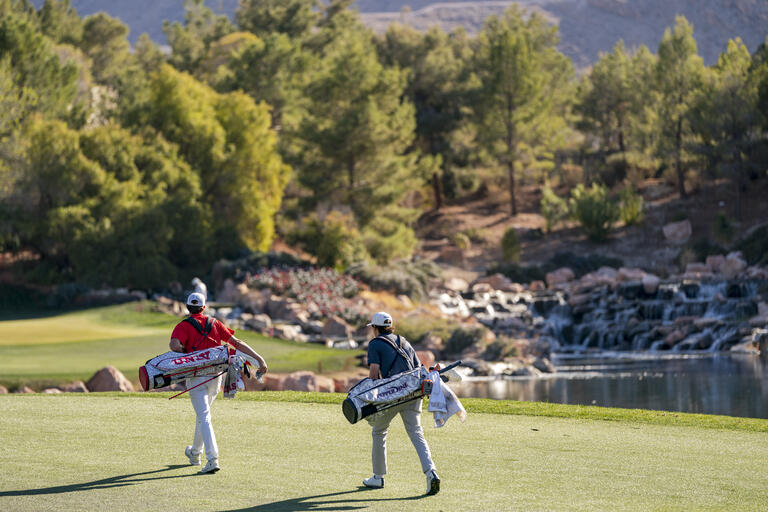Among the new people joining the faculty this fall is Kelli Archie, an environmental scientist who studies how we're adapting to climate change in the West. She's particularly interested in the challenges land managers face in planning for the changes our deserts and forests are undergoing now.
Archie grew up on the edge of Colorado Springs, giving her a lifelong appreciation for the issues of communities at the boundaries of wildland. "I chose to study climate change because I believe it is one of the greatest longterm challenges facing human society as a whole, and adaptation work speaks to my practical nature."
With the Carpenter Fire burning a large swath of land and threatening homes on Mt. Charleston, we asked her about her work related to wildfires.
The other side of climate change
When you study climate change, there are basically two different approaches. The one that gets the most coverage is mitigation, which pertains to things like how do we stop pumping so much Co2 into the atmosphere so we don't experience such extreme changes in the future.
Climate change adaptation comes from the other side. It basically says: "OK, we are seeing these climate changes around the world -- some places are getting hotter and drier. Some are getting colder and wetter. Some are hotter and wetter -- how do we be prudent about what to do next? How do prepare our ecological and human systems for the changes that climate models say we are likely to see.
Adaptation and forest fires
Much of the Western United States is covered in forest, and fire is a natural part of the ecosystem. Forests are meant to burn, but for a long time our policy has been to put out fires as soon as possible. At the same time, climate change has made everything here hotter and drier--conditions that put the forests under stress and make it much more likely that they'll burn--and models predict that we're going to continue to get hotter and drier. So now what do we do to adapt to our future reality?
Restoration
I'm not a restoration ecologist, but from my point of view, regardless of what restoration approach you take, you have to realize that restoring a forest to what it was before a fire might not be viable for the forest you'll have down the road. Trying to restore the forest to what grew under cooler, wetter conditions probably isn't viable. That's where adaptation research comes into play. We ask what mitigation techniques we should take now to make the area less dangerous for firefighters? What should we plant for this new climate? What do we need to do to protect human structures, because when it comes down to it, that's what most people are usually concerned about.
Accepting risk
People who are living in the urban-wildland interface are taking a risk. There's no getting around that. I have a lot of family living near the Waldo Canyon wildfire. [It burned nearly 350 homes in near Colorado Springs in 2012.] There's a general feeling in the area that it is the government's job to protect their homes at all costs. The reality is that they want the benefits of living in the forest, but they don't always want to assume the risk that comes with it. Fire mitigation around houses in fire-prone areas can help to alleviate some of the risk, but cutting down trees and removing vegetation can be an unattractive option when the landscape is the reason the owners chose to live there in the first place.
The research
I study the plans that land management agencies are, or are not, putting in place related to adaptation and what type of scientific information is useful in that process. At times there's a divide between the supply information that scientists are providing and what decision makers consider useful. But we're also finding that this isn't the only reason for lack of action. It's also due to conflicting priorities, lack of budgets and, especially in municipalities, a lack of political will. If people don't experience the effects of climate change now, they don't have much impetus to plan for this future. Fortunately and unfortunately, things like fires and flood provide that reason.
Science for the public good
Academics are really beginning embrace that we need to produce sciences that usable and aligned with what decision makers need. This is one of the reasons I chose to come to Las Vegas. At SEPA (the UNLV School of Environmental and Public Affairs), we are interested in reconciling this disconnect between the supply and demand for information, and we have plans to work with public lands managers in the region on a variety of issues related to adaptation.



